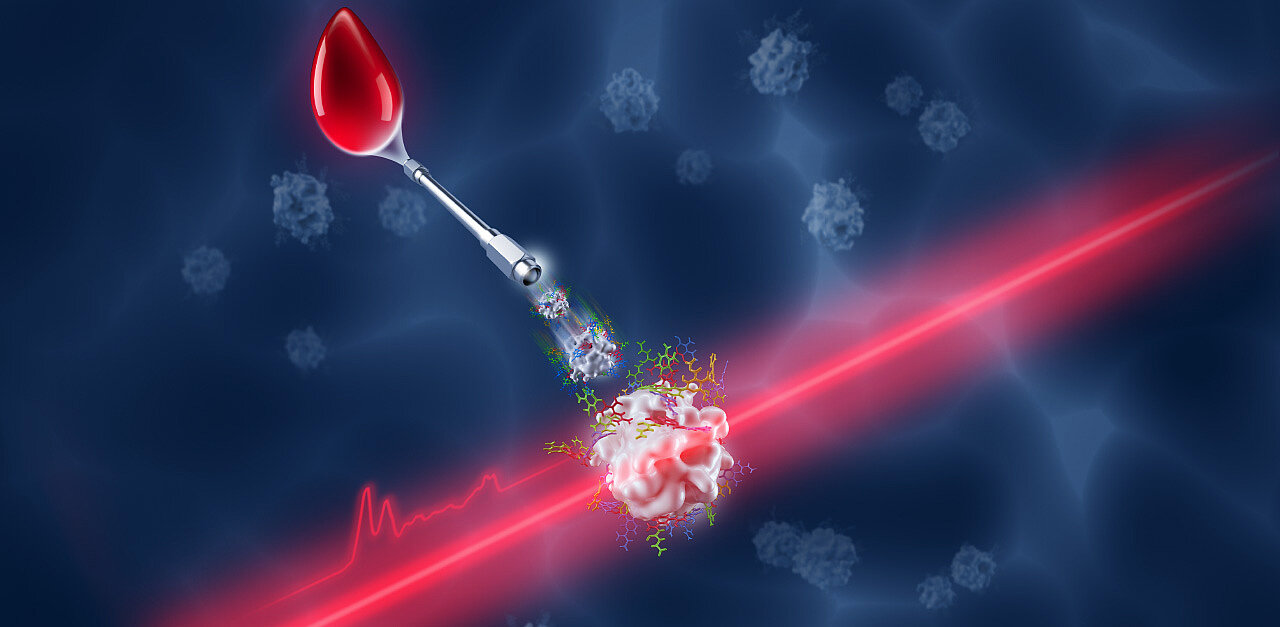Infrared spectroscopy of blood plasma has the potential to become an experimentally simple and inexpensive way to profile the health status of an individual. However, the amount of clinical information that can be gained through infrared spectroscopy is to a large extent limited by the between-person variability and overall molecular complexity of blood plasma.
In their latest study just published in Analytical Chemistry, the Broadband Infrared Diagnostics team (BIRD) steps towards circumventing both obstacles. On the one hand, the group narrowed the focus to one molecular class – blood plasma protein glycosylation. Changes in this post-translational modification are known to accompany virtually any biological process in the body, including multiple diseases. Thus, the results and conclusions are of immediate relevance to biomedical research.
On the other hand, the scientists separated blood plasma proteins into individual fractions of lower molecular complexity, which can now be analysed one by one. Furthermore, in collaboration with the Bavarian Center for Biomolecular Mass Spectrometry and Genos Ltd., the team thoroughly characterized the fractions using mass-spectrometry based proteomics and glycomics. Overall, this work capitalizes on the benefits of infrared molecular fingerprinting, but uses a specific sample preparation approach to increase the amount of obtained spectral information and its interpretability, potentially leading to improved disease detection.
The publication is featured on a supplementary cover in the magazine.
Cover picture by: Dennis Luck & Alexander Gelin
Original publication:
probing blood plasma protein glycosylation with infrared spectroscopy
L. Voronina, F. Fleischmann, J. Šimunović, C. Ludwig, M. Novokmet & M. Žigman
Analytical Chemistry 96, 7, 2830 (2024)
